The Independent's journalism is supported by our readers. When you purchase through links on our site, we may earn commission.
Haida Gwaii: The Canadian islands killing deer to restore the habitat to pre-European contact
Out with the new and in with the old - the archipelago of Haida Gwaii is trying to restore balance by preserving indigenous species
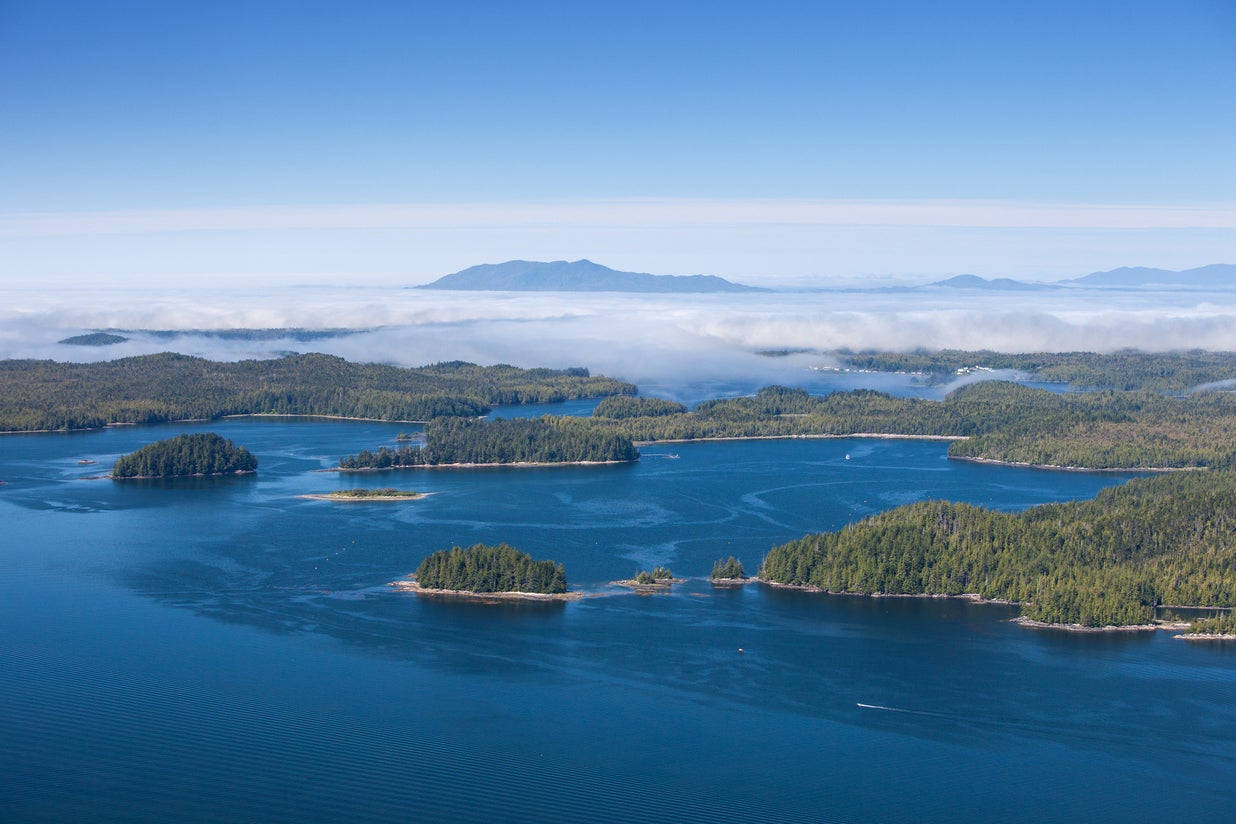
Your support helps us to tell the story
From reproductive rights to climate change to Big Tech, The Independent is on the ground when the story is developing. Whether it's investigating the financials of Elon Musk's pro-Trump PAC or producing our latest documentary, 'The A Word', which shines a light on the American women fighting for reproductive rights, we know how important it is to parse out the facts from the messaging.
At such a critical moment in US history, we need reporters on the ground. Your donation allows us to keep sending journalists to speak to both sides of the story.
The Independent is trusted by Americans across the entire political spectrum. And unlike many other quality news outlets, we choose not to lock Americans out of our reporting and analysis with paywalls. We believe quality journalism should be available to everyone, paid for by those who can afford it.
Your support makes all the difference.The smell of sulphur tickles my nose, the mineral-laden waters soothing my bones as I settle deeper in the island’s hot springs, bubbling again after a 2012 earthquake stopped the flow. I watch a helicopter fly by, a sharpshooter balanced on one of the struts.
Yes, this is a combat zone – but I'm not worried. I'm on one of about 200 islands off Canada's northwest coast that make up the archipelago of Haida Gwaii (meaning “Islands of the People”). Haida have lived here for 12,500 years and on the southern islands in Gwaii Haanas National Park Reserve, National Marine Conservation Area Reserve, and Haida Heritage Site, there is a battle to eradicate nasty souvenirs of colonization. Rats were eliminated in 2013 and this year efforts have turned to the introduced Sitka black-tailed deer that mow down all plants within reach.
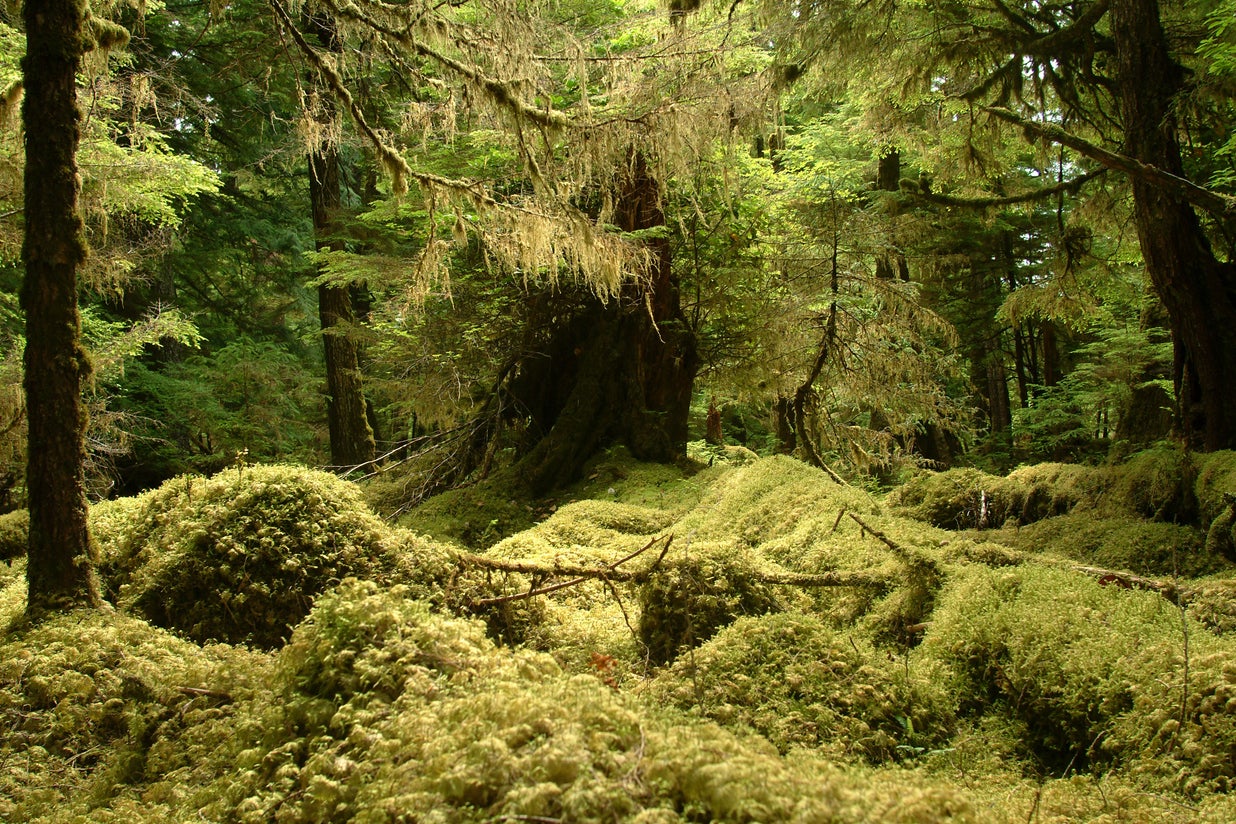
When I step ashore on Gandll K’in Gwaay.yaay (Hotsprings Island), the ancient trees tower above me, their presence testament to the protesters who stopped logging companies in their tracks 30 years ago. But they couldn’t stop the deer.
I see carpets of furry green moss but no young trees or bushes laden with berries. Haida medicinal plants are gone from many islands because non-native deer are eating everything in sight.
Championing the efforts to restore Gwaii Haanas’ habitat to a pre-European state is Parks Canada Superintendent Ernie Gladstone, the youngest person to hold the top job and the first Haida. While the government of Canada and the Haida Nation disagree over who owns Gwaii Haanas, they do agree the area needs protection. In 1993 the Gwaii Haanas Agreement was struck, providing a framework for co-management; in 2010 the Gwaii Haanas Marine Agreement was added, protecting everything from mountaintop to ocean floor.
The Archipelago Management Board (AMB) governs Gwaii Haanas with three representatives from the government of Canada and three from the Haida Nation. Gladstone is co-chair along with one of the Haida representatives. All decisions are made by consensus and require balancing cultural, scientific and policy objectives. "I decided before I took the job that every decision would be in line with protecting Gwaii Haanas for future generations," Gladstone told me when asked how he balances the tricky business of being Haida in a federal job. "There’s an old Haida saying: ‘everything is connected to everything’. You need to respect the land and you need to respect the creatures. Just like you need to look after yourself, you need to look after the land and everything around you."
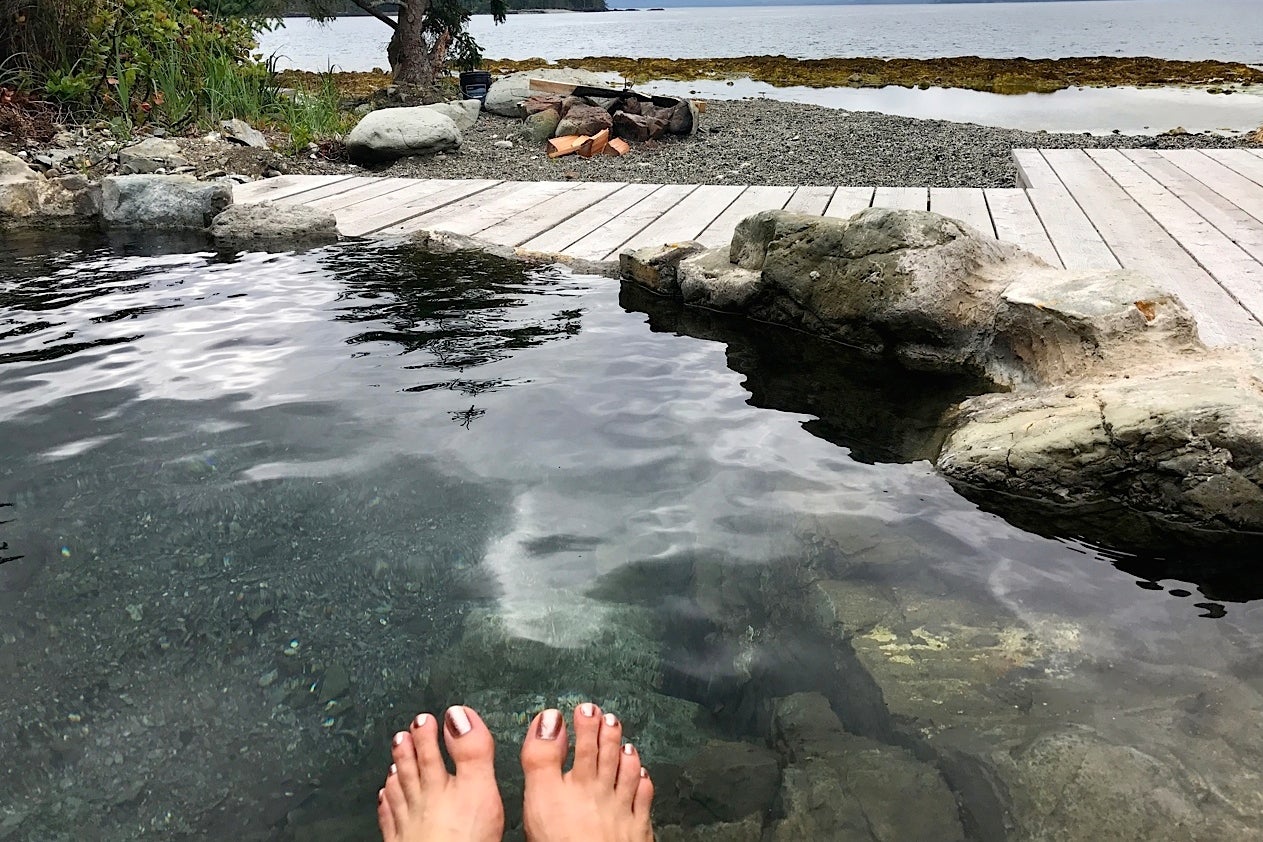
Gladstone has become something of a celebrity since being photographed sitting in a Haida canoe between the Duke and Duchess of Cambridge on a 2016 visit. The media frenzy has increased Haida Gwaii tourism – but you will still meet more locals than visitors here.
Carrying my backpack ashore at Hotsprings with 11 other tourists – the maximum that can visit a cultural site at one time after a mandatory orientation session – I’m eager to meet the Haida Watchmen. These are guardians of these sacred sites who ensure rules are followed and, if approached with respect and openness, will share their family’s stories.
David Dixon and Donna Carter greet us with wide smiles. "I wanted to be a watchman because my grandparents were watchmen," says Carter of her now deceased ancestors, her grandfather's ashes spread at Hlk’yah GawGa, the site he visited frequently. "He said he wanted to be a spook,” Carter recalls with a laugh. Every watchman has a tale of unexplained voices or ghostly sightings in these forests; but today I see only humans, blending traditional knowledge with modern science to protect the islands’ rare habitat.
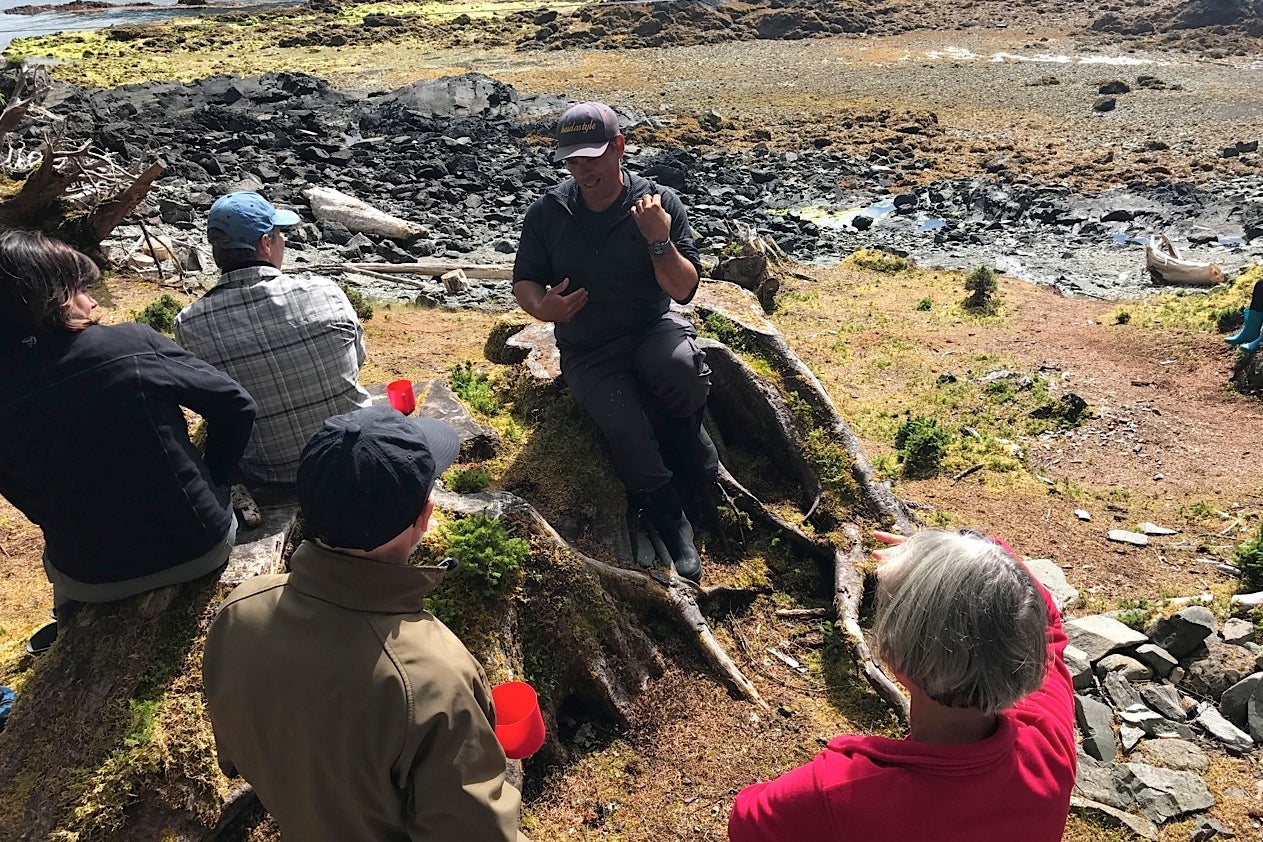
James Cowpar, co-owner of Haida Style Expeditions with his twin brother, Shawn, runs the tour company that brought us to Gwaii Haanas. As he barbeques our halibut lunch he explains how marksmen from New Zealand are helping Parks Canada staff eradicate deer in the Llgaay gwii sdiihlda (Restoring Balance) project.
After lunch Cowpar will attempt the risky landing at Hlk’yah GawGa – known as Windy Bay for its strong winds and tides. More people are making the trip to see the 42ft legacy pole raised in 2013 to mark 20 years of cooperative management, the first pole raised in Gwaii Haanas in over 130 years. While much of Canada is celebrating 150 years of confederation, this archipelago is celebrating restoration of their environment and culture to pre-European contact.
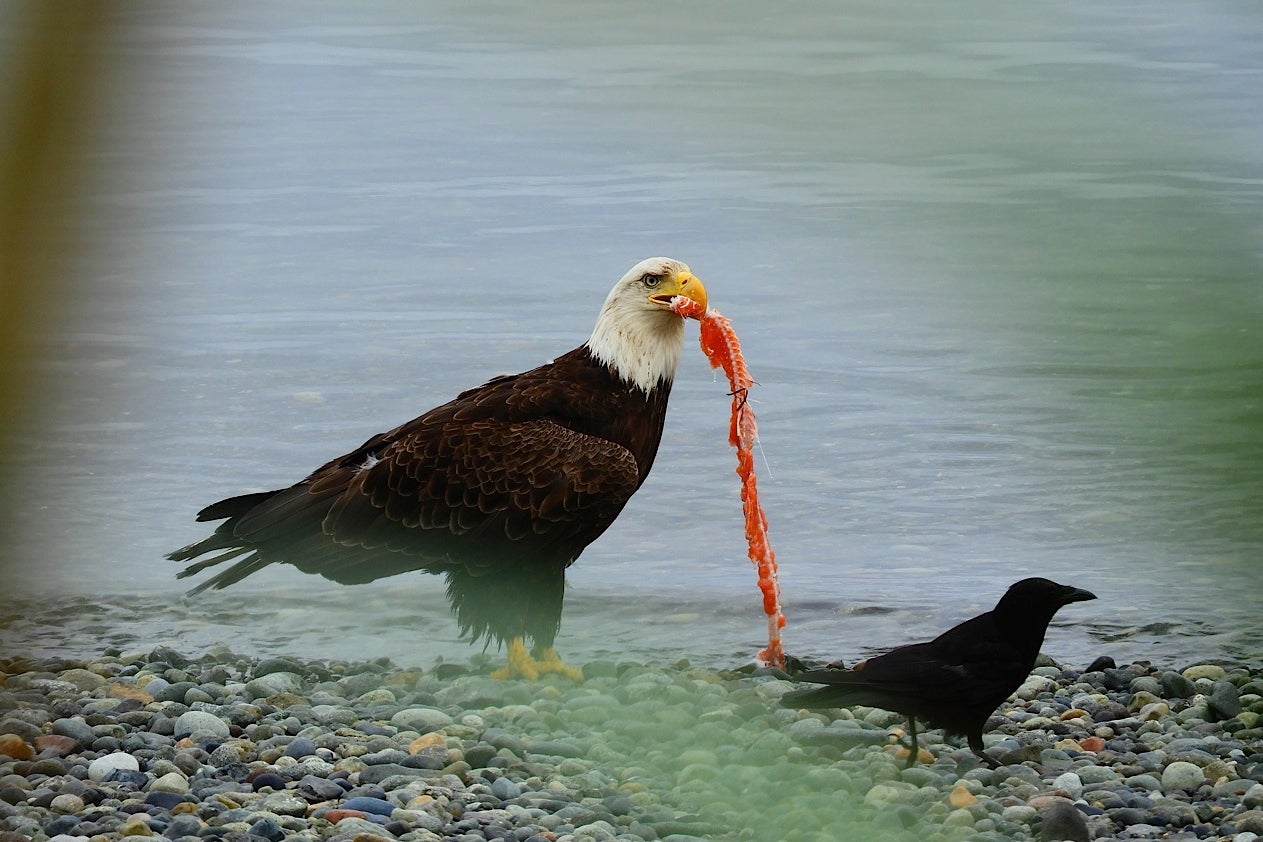
We pack our lunch remnants into plastic coolers and carry them across heavy sand, avoiding the slippery seaweed-covered rocks. As our boat chugs towards us, guide Jaylene Shelford pulls an elk-skin drum from her satchel. She starts a steady beat on the platter-sized instrument, her high, clear notes weaving a Haida love story with the waves tumbling over rocks and breezes ruffling cedar branches. The sounds dance in my ears and I feel balance being restored.
Travel essentials
Getting There
Haida Gwaii is a two-hour flight from Vancouver. Air Canada (aircanada.com) flies to Sandspit twice daily from C$397one-way.
Staying There
Gracie’s Place (001 250 559 4262; graciesplace.ca) has doubles across from Queen Charlotte harbour from C$90, room only.
More Information
Haida Heritage Centre (haidaheritagecentre.com) offers orientation and cultural displays. Admission C$16.
Join our commenting forum
Join thought-provoking conversations, follow other Independent readers and see their replies
Comments